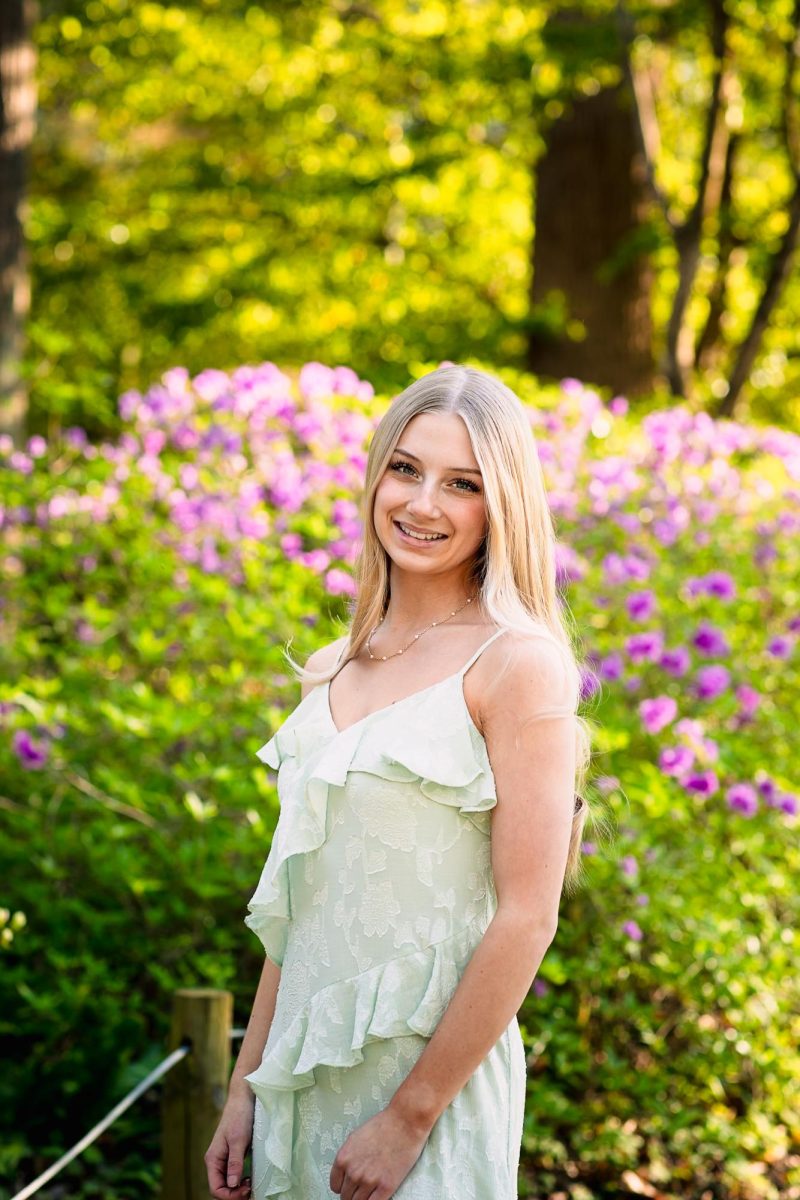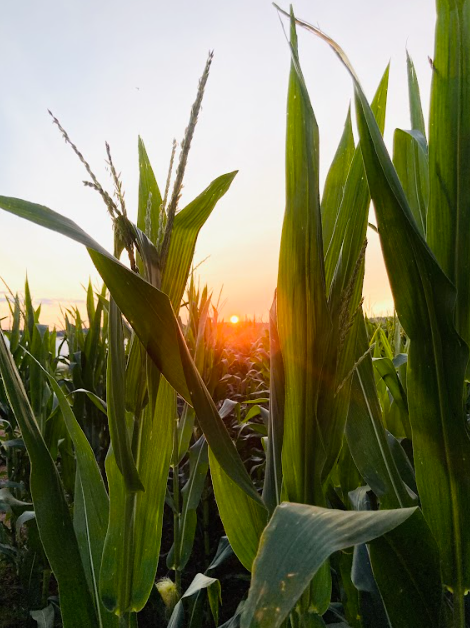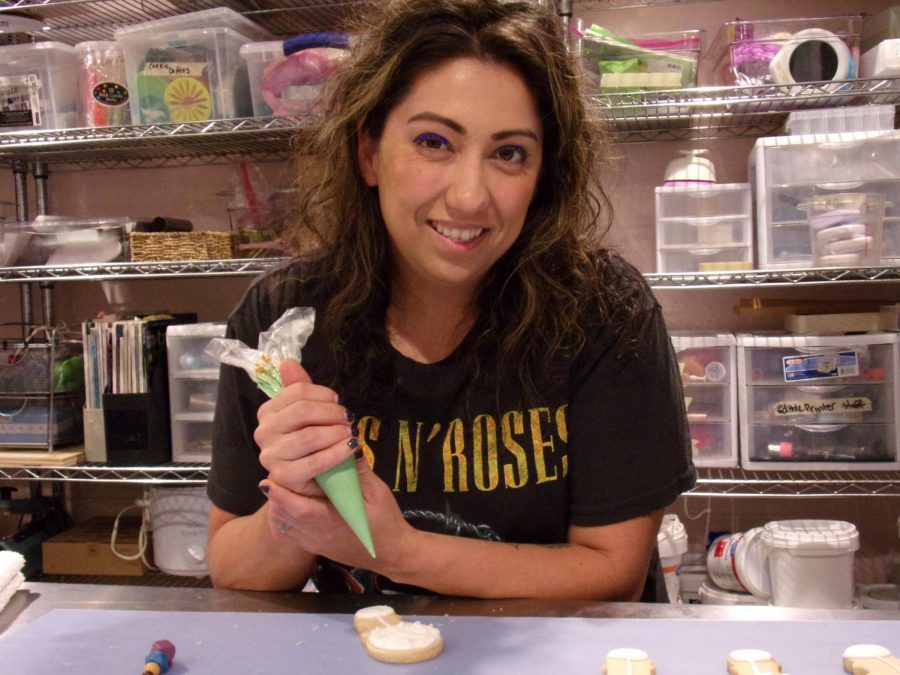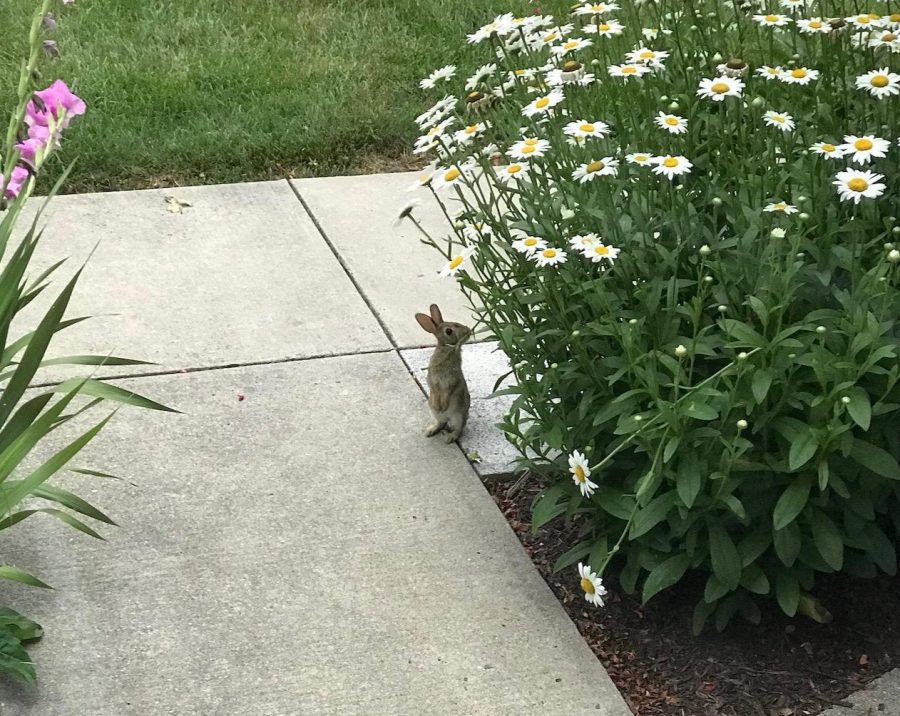Top Five Best Flowers to Plant in May
Build A Rainbow Garden For Summer!
Local Garden Image by Virginia Maier
Looking for a relaxing hobby this summer? This study from the National Library of Medicine found that office workers felt more relaxed physically and mentally when around flowers. Gardening as a hobby which will also allow you to be creative and catch some fresh air in these months before the summer heat. Below are five easily-maintained plants which will brighten up your life!
✿❀*Garden Terminology *✿❀
Annual = dies after one year | Perennial = comes back year after year
Full sun = 6-8h direct sunlight a day | Deadheading = removing spent blooms to encourage more new blooms

Zinnia
Full Sun ☉
Annual ⊕
Zinnias are bright flowers which come in a rainbow of colors. Native to Mexico, they can withstand strong summer heat, and often attract butterflies! Usually the flowers are planted in window boxes to brighten up a window, but they can grow up to 3ft tall and are also great in gardens. To prevent them growing high and encourage more horizontal blooms, try pinching early in the growing season.
How to: Plant a quarter inch into the well-draining soil or scatter. Water once or twice a week. They will start to bloom quickly in late June to early July, but may keep blooming until frost with deadheading.

Marigold
Full sun ☉
*Annual ⊕
Remember Disney’s Coco? These plants are known for their use in Día De Los Muertos (Day of the Dead) celebrations, as they are believed to be able to lure the dead back to the living with their vibrant colors and pungent smell. They also deter pests which attack vegetable and fruit plants, so they are useful for protecting edible gardens.
How to: Sprinkle the seeds and cover with a thin layer of nutrient-rich, well-draining soil. Distribute a good amount water at its roots once a week, allowing soil to dry in between watering. They should bloom about two months after you plant the seed. This plant also benefits from deadheading.
*= The marigold naturally drops its own seeds so it may appear as perennial in some places.

Sunflower
Full sun ☉
Annual & Perennial varieties ⊕
Sunflowers are happy, tall plants which can grow to around 5-6ft. For this reason, it’s best to grow them near a wall or fence to shelter them from strong winds. They seem like a handful but since they are native to the U.S., they can adapt to most conditions, and in addition they are pest tolerant.
How to: Plant the seeds 1 inch deep and 6-12 inches apart, with the narrow side facing down. Water a lot as a seed, but reduce once a week in the growing season because sunflowers hate wet feet. If you plant it in a pot, make sure it has adequate drainage and space for its roots. They should bloom around late August and early September.
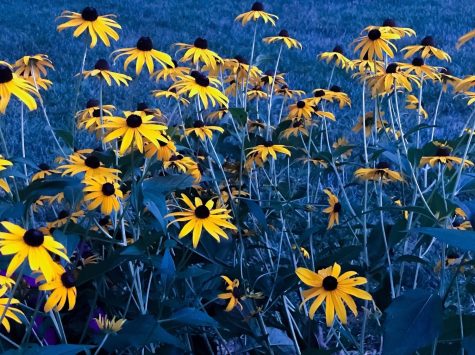
Black-Eyed Susan
Full sun ☉
Annual & Perennial varieties ⊕
Maryland’s state flower, originally simply chosen for its best color match to the state flag, are now often seen as a symbol of encouragement and motivation. This plant attracts deer and other creatures, so plant it near pest-repelling plants like lavender, rosemary or your marigold to keep them at bay.
How to: Sprinkle the seeds and cover with a thin layer of soil. This plant also benefits from deadheading, as it will produce more blooms and a sturdier plant. Water once a week, but they are often drought-tolerant, so if you skip one it’s all right.

Purple Coneflower
Full sun ☉
Perennial ⊕
Last up is a hardy perennial flower, the Purple Coneflower. These are the easiest to maintain since they are native to the eastern U.S., so they are happy with the usual weather, but they also produce more flowers in poor soil. These plants are great to plant outdoors in your garden because they attract pollinators like bees and butterflies, but also they can thrive in spaces where the soil isn’t as good.
How to: Plant cornflower seeds about six inches in the ground and keep the area moist until the growing season. You should have sturdy violet blooms by August which will come back year after year. ✿❀
Your donation will support the student journalists of Brunswick High School. Your contribution will allow us to purchase equipment and cover our annual website hosting costs.





